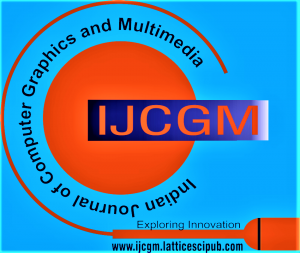![]()
Animation: History and Future?
Sudhanshu Saxena
Dr. Sudhanshu Saxena, Professor of Practice, Animation Division, MIT College of Arts, Commerce and Science, Pune (Maharashtra), India.
Manuscript Received on 28 May 2025 | First Revised Manuscript Received on 18 June 2025 | Second Revised Manuscript Received on 16 July 2025 | Manuscript Accepted on 15 August 2025 | Manuscript published on 30 August 2025 | PP: 1-8 | Volume-5 Issue-2, August 2025 | Retrieval Number: 100.1/ijcgm.B700805020825 | DOI: 10.54105/ijcgm.B7008.05020825
Open Access | Editorial and Publishing Policies | Cite | Zenodo | OJS | Indexing and Abstracting
© The Authors. Published by Lattice Science Publication (LSP). This is an open access article under the CC-BY-NC-ND license (http://creativecommons.org/licenses/by-nc-nd/4.0/)
Abstract: The common misunderstanding about animation is discussed in this article. The majority of individuals, around 95%, associate animation with CARTOONS. However, this is untrue. I agree that there was a period when animation was primarily used for producing animated films, but that over time, animation has expanded its reach into nearly all industries. From the entertainment industry, which encompasses movies, advertisements, television shows, and music, to other fields such as medicine, architecture, education, civil engineering, mechanical engineering, and more, you can discover animation everywhere. “The Father of Animation” is how Emile Cohl, a French animator and cartoonist, is frequently known. The 1908 movie Fantasmagorie, sometimes referred to as the first entirely animated picture, is Cohl’s best-known work. The Father of Indian Animation” is how Ram Mohan, an Indian animator, design educator, and title designer, is known. The Father of Indian Animation is somewhat contentious, as some claim it is Dada Saheb Phalke.
Keywords: Audiovisual Editing, Compositing, VFX, 2D/3D Animation, Animation.
Scope of the Article: Computer Animation
